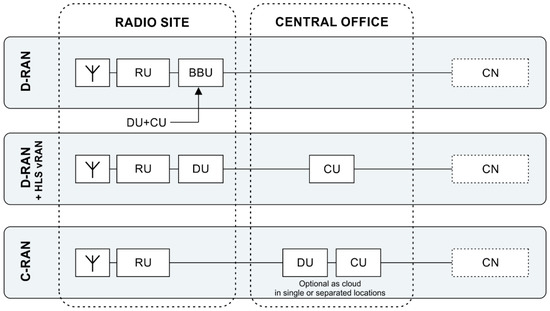What is VehA? A Guide to Vehicular A Communication
telcomatraining.com – In an era where technology continuously evolves, transportation systems are no exception. One of the most innovative advancements in automotive technology is Vehicular A Communication (VehA). This communication system enhances road safety, reduces traffic congestion, and improves overall driving experiences. But what exactly is VehA, and why is it important for the future of smart transportation? Let’s dive into the details.
Understanding Vehicular A Communication (VehA)
Vehicular A Communication (VehA) refers to the advanced communication network that allows vehicles to interact with one another, as well as with surrounding infrastructure. This system is part of the Intelligent Transportation System (ITS) and is designed to improve road safety, optimize traffic flow, and support autonomous driving.
VehA primarily operates through wireless communication technologies, such as Dedicated Short-Range Communication (DSRC) and Cellular Vehicle-to-Everything (C-V2X). These technologies enable seamless connectivity between vehicles, pedestrians, traffic lights, and other road elements.
Types of Vehicular A Communication
VehA can be categorized into several types based on the communication entities involved:
1. Vehicle-to-Vehicle (V2V) Communication
V2V communication allows vehicles to exchange real-time information about their speed, location, and direction. This helps in preventing collisions, avoiding traffic congestion, and enabling cooperative driving. For instance, if a car suddenly brakes, nearby vehicles will receive an instant alert, allowing them to react accordingly.
2. Vehicle-to-Infrastructure (V2I) Communication
V2I communication connects vehicles with road infrastructure, such as traffic signals, road signs, and toll booths. This communication enhances traffic management by providing drivers with real-time updates on road conditions, speed limits, and traffic congestion. As a result, it helps reduce travel time and fuel consumption.
3. Vehicle-to-Pedestrian (V2P) Communication
V2P communication ensures the safety of pedestrians and cyclists by enabling vehicles to detect their presence. Pedestrians carrying smart devices can send signals to nearby vehicles, alerting drivers to their location and reducing the risk of accidents.
4. Vehicle-to-Network (V2N) Communication
V2N communication enables vehicles to connect to the cloud and receive updates on weather conditions, road hazards, and emergency notifications. This connectivity allows vehicles to make informed decisions and enhances overall transportation efficiency.
Benefits of Vehicular A Communication
VehA offers numerous advantages, making it an essential component of modern transportation systems. Some key benefits include:
1. Enhanced Road Safety
VehA significantly reduces the risk of accidents by providing real-time alerts and enabling proactive decision-making. Features such as collision avoidance and lane departure warnings contribute to safer driving conditions.
2. Reduced Traffic Congestion
By optimizing traffic flow and providing route recommendations, VehA helps reduce congestion and travel time. Smart traffic signals and adaptive traffic management systems play a crucial role in easing traffic problems.
3. Lower Fuel Consumption and Emissions
Efficient route planning and reduced idling time contribute to lower fuel consumption and carbon emissions. This makes VehA an environmentally friendly solution for urban mobility.
4. Support for Autonomous Vehicles
VehA is a key enabler of autonomous driving technology. By facilitating seamless communication between autonomous vehicles and their surroundings, VehA ensures safe and efficient self-driving operations.
Challenges and Future of VehA
Despite its numerous benefits, VehA faces several challenges that need to be addressed for widespread adoption:
- Security and Privacy Concerns: Ensuring the security of data transmission and preventing cyberattacks are crucial for VehA implementation.
- Standardization Issues: Different countries and manufacturers must agree on global communication standards to ensure interoperability.
- Infrastructure Investment: Deploying VehA requires significant investments in smart infrastructure and 5G connectivity.
The future of VehA looks promising with the continuous development of 5G networks, artificial intelligence, and edge computing. As these technologies advance, VehA will play a vital role in the evolution of smart cities and autonomous transportation.
Conclusion
Vehicular A Communication (VehA) is transforming the way vehicles interact with their environment, paving the way for safer, more efficient, and sustainable transportation. By leveraging V2V, V2I, V2P, and V2N communication, VehA enhances road safety, reduces congestion, and supports autonomous driving. While challenges remain, ongoing technological advancements will ensure that VehA becomes an integral part of future smart mobility solutions.







